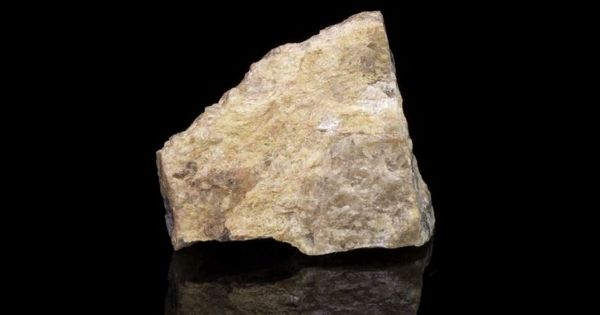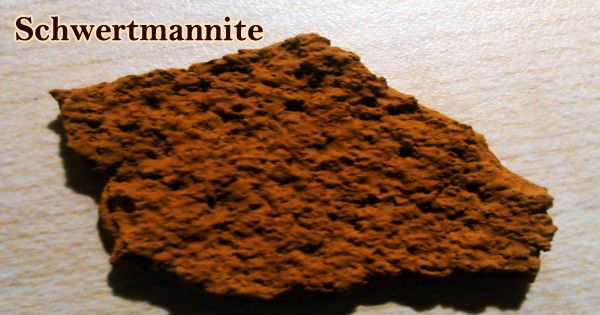Natrophilite is a mineral with the chemical formula NaMnPO4. It is a mineral consisting of phosphate of sodium and manganese almost isostructural with varulite but having sodium and manganese disordered. It is an orthorhombic-dipyramidal yellow mineral containing manganese, oxygen, phosphorus, and sodium.
Phosphates are the most widespread minerals in the Earth’s crust after silicates and oxides. Their remarkable structural diversity allows for a large range of technological applications such as magnetic and nonlinear optical materials, catalysts, adsorbents, molecular sieves, phosphors, and biomaterials, to name but a few.
General Information
- Category: Phosphate mineral
- Formula: NaMnPO4
- Crystal system: Orthorhombic
- Crystal class: Dipyramidal (mmm)
- Color: Deep yellow to light yellow

Properties
In a pure form it has a yellow coloration. Its crystals are orthorhombic to dipyramidal. It is transparent to translucent. It is not radioactive. Natrophilite is rated 4.5 to 5 on the Mohs Scale.
- Cleavage: Distinct/ good
- Fracture: Irregular/ uneven
- Tenacity: Brittle
- Mohs scale hardness: 4.5 – 5
- Luster: Sub-vitreous, greasy
- Streak: White
- Diaphaneity: Transparent, translucent
- Specific gravity: 3.41 g/cm3
Occurrences
Natrophilite is a rare sodium-manganese phosphate occurring in cleavable masses of a deep wine-yellow color: found at Branchville, Connecticut. It is a yellow resinous phosphate of manganese and sodium, crystallizing in the orthorhombic system. The largest number of varieties of phosphate minerals occurs in rare metal granite pegmatites and many of which contain transition metals as essential components.
















